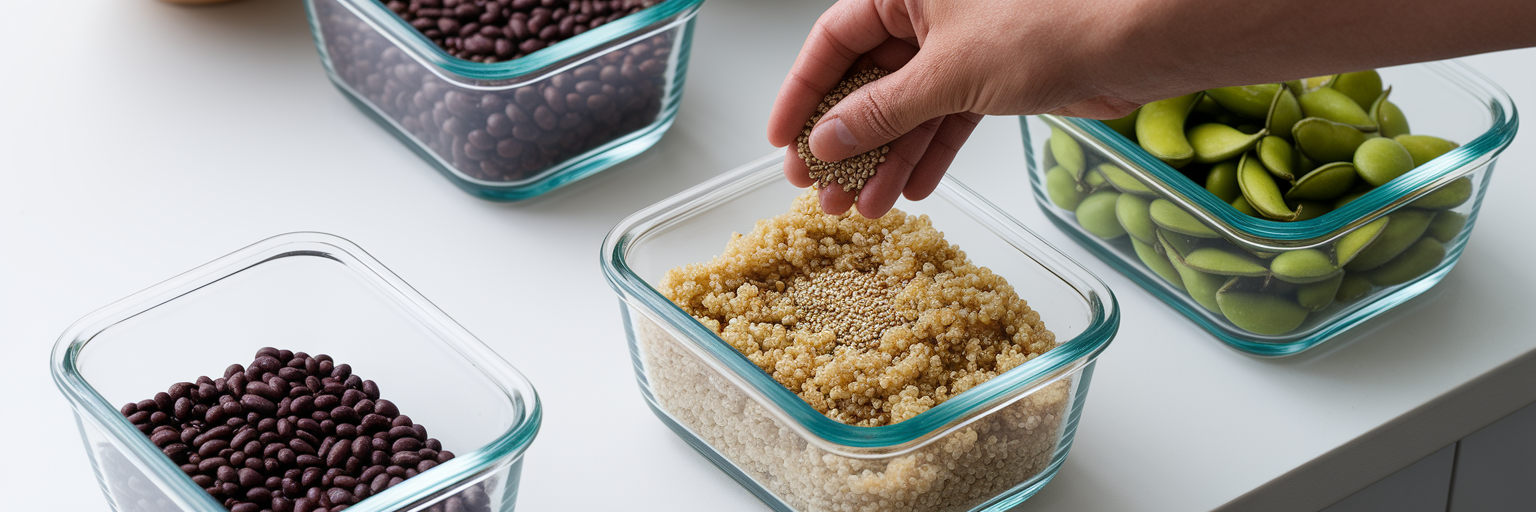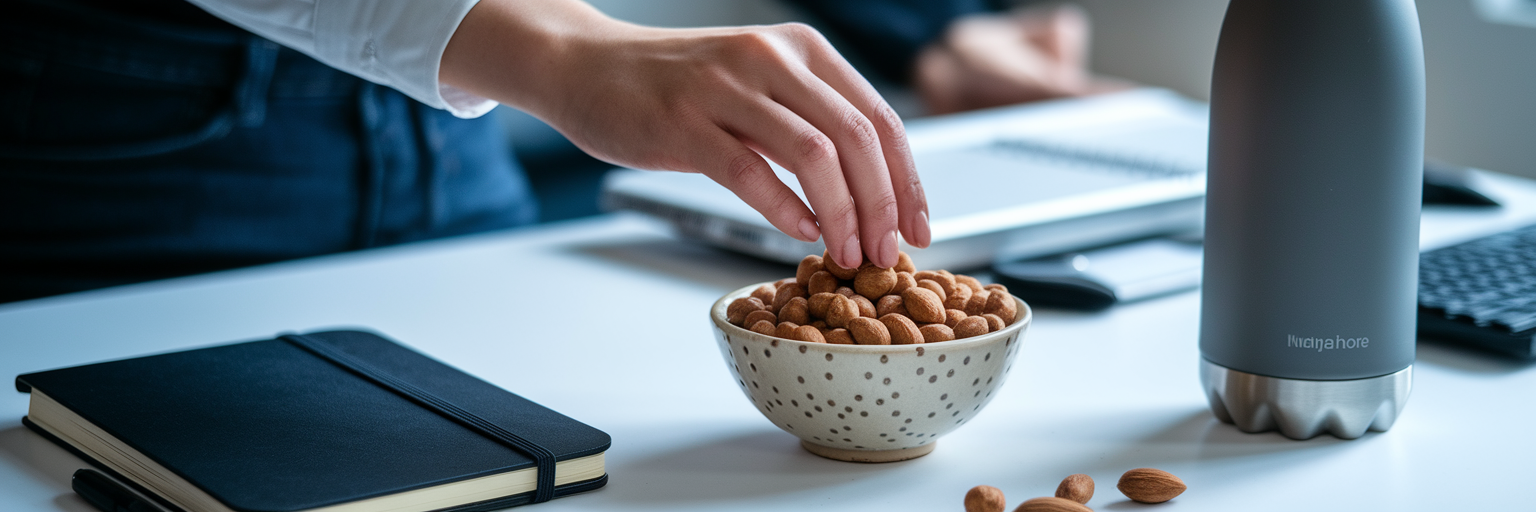Why Protein Matters When You're Always on the Go
We have all been there. It is 3 PM, a crucial deadline is just hours away, and your brain feels like it is running on fumes. That familiar energy crash is a common part of the modern professional's day, often leading us to grab convenient but less-than-ideal snacks. The solution is not another cup of coffee, but a smarter approach to how we fuel our bodies, starting with protein.
Protein is essential for more than just building muscle. It plays a critical role in maintaining stable blood sugar levels, which provides the sustained energy you need to power through your afternoon without that dreaded slump. Think of it as the slow-burning log for your internal fire, unlike the quick flare-up from sugary snacks that leaves you drained moments later.
This steady energy directly supports the mental clarity and focus required to perform at a high level. When your body is properly fueled, your mind can stay sharp during back-to-back meetings and complex problem-solving. Protein also aids in physical recovery, helping your body repair and reset from the daily grind and accumulated stress.
A common question is how to get enough protein vegan, with some assuming it is a difficult task. The reality is that plant-based proteins offer a clean, efficient fuel that powers your performance without the heavy, sluggish feeling some people associate with other protein sources. It is about choosing the right foods to keep you energized and focused all day long.
The Powerhouse Proteins You Can Prep in Minutes

Now that we understand why protein is so important for a demanding schedule, let's look at the specific ingredients that make it easy. Stocking your kitchen with these convenient staples means a high-quality meal is never more than a few minutes away.
Legumes: The Unsung Heroes of Convenience
Legumes are a cornerstone of any efficient plant-based kitchen. Canned options like chickpeas and black beans are true time-savers. Just a quick rinse and they are ready to be tossed into salads or bowls. Red lentils are another fantastic choice, as they cook in about 15-20 minutes and can be transformed into a hearty soup or dal. Legumes like lentils and chickpeas are celebrated for their high protein content, a fact supported by nutrition experts at Healthline, making them a cornerstone of a healthy plant-based diet.
Versatile Grains and Veggies
Certain grains and vegetables are surprisingly rich in protein. Quinoa stands out as a complete protein, meaning it contains all nine essential amino acids. It cooks quickly and serves as a perfect base for any meal. Another great option is shelled edamame, which you can find in the freezer aisle. A minute or two in the microwave, a sprinkle of sea salt, and you have a satisfying and protein-packed snack.
Nuts and Seeds for a Quick Boost
Never underestimate the power of nuts and seeds. Almonds, walnuts, pumpkin seeds, chia seeds, and hemp seeds are packed with both protein and healthy fats, which help keep you feeling full and focused. They are incredibly versatile, perfect for sprinkling over oatmeal, blending into smoothies, or simply eating by the handful.
Here are a few simple ways to keep these foods ready:
- Cook a large batch of quinoa on Sunday for salads and bowls all week.
- Keep a few cans of chickpeas and black beans in your pantry for instant salad toppers.
- Portion out almonds and walnuts into small bags for an easy desk snack.
Once you have these staples ready, you can easily create satisfying dishes. For inspiration, check out these 3 easy vegan protein recipes you’ll actually crave.
Smart Meal Prep for a Hectic Week
With those powerhouse ingredients stocked, we can shift from the "what" to the "how" by building simple, repeatable systems for your week. These plant based meal prep ideas are designed for flexibility and efficiency, ensuring you always have a healthy meal ready to go.
One of the most effective strategies is the "Build-a-Bowl" formula. It is less of a recipe and more of a framework: start with a base (like quinoa or mixed greens), add your protein (chickpeas, lentils), load up on veggies, and finish with a healthy fat or dressing (avocado, tahini sauce). This method allows for endless variety and uses whatever you have on hand.
For those who love salads but hate the sogginess, the Mason Jar Salad is a perfect solution. The trick is in the layering:
- Dressing goes on the very bottom.
- Add hard vegetables like carrots or bell peppers next.
- Follow with your grains and protein, like quinoa and black beans.
- Top it all off with leafy greens.
When you are ready to eat, just shake the jar and pour it into a bowl. Another great idea is to make a large batch of a one-pot meal like lentil soup or black bean chili. These meals often taste even better the next day as the flavors meld together. For a quick lunch, a chickpea "tuna" salad mix can be made in minutes and stored in the fridge, ready for sandwiches or wraps.
| Meal Prep Method | Best For | Typical Prep Time | Portability |
|---|---|---|---|
| Build-a-Bowl | Variety and customization | 15-20 minutes assembly (with prepped ingredients) | Excellent (in a sealed container) |
| Mason Jar Salad | Keeping salads fresh for days | 10-15 minutes assembly per jar | Perfect for grab-and-go |
| One-Pot Meal (Chili/Soup) | Hearty, comforting lunches | 45-60 minutes (for a large batch) | Good (requires microwave) |
| Chickpea Salad Sandwiches | Quick, classic lunches | 10 minutes (for the salad mix) | Excellent (assemble sandwich before eating) |
This table helps you choose the right meal prep strategy based on your weekly schedule, taste preferences, and available time. All methods are designed to make healthy eating effortless during a busy week.
Portable Protein Snacks to Beat the Afternoon Slump

Meal prep covers your main meals, but what about that critical moment between lunch and dinner when your energy starts to dip? Having smart, portable, high protein vegan snacks on hand is key. Consider setting up a "snack drawer" at your office or a dedicated station at home so a healthy choice is always within reach.
Here are a few grab-and-go ideas that require minimal to no prep:
- DIY Trail Mix: Create your own mix with almonds, walnuts for omega-3s, and pumpkin seeds. This gives you all the benefits without the added sugars often found in store-bought versions.
- No-Bake Energy Balls: These are incredibly easy to make. Simply combine rolled oats, your favorite nut butter, a scoop of protein powder, and some chia seeds. Roll them into balls and store them in the fridge for a quick energy boost.
- Roasted Chickpeas: For a savory, crunchy snack that satisfies chip cravings, roasted chickpeas are a fantastic choice. You can buy them pre-made or easily make your own.
- Choosing a Protein Bar: When buying protein bars, become a label detective. Look for bars with at least 10-15 grams of protein, minimal added sugar, and a short list of recognizable ingredients.
Having these options available prevents you from reaching for less nutritious alternatives when hunger strikes, keeping your energy levels stable and your mind clear.
The Role of Plant-Based Protein Powders
While whole foods are always the primary goal, let's be realistic. On some days, you just need a shortcut. That is where a quality plant-based protein powder can be an incredibly useful tool, not as a meal replacement, but as a convenient supplement to your diet.
The most common types you will find in the US are pea, hemp, and brown rice protein. Pea protein is often creamy and a good source of iron, while hemp protein offers fiber and healthy fats. The key is finding one that works for you. A quick morning smoothie with spinach, banana, and a scoop of a clean, tasty powder like our Chocolate Vegan Protein can keep you full until lunch. You can also stir a scoop into your morning oatmeal for an extra protein boost.
When choosing the best plant based protein powder, quality matters. Look for products with third-party certifications to ensure you are getting a clean and effective product. As noted by Harvard Health Publishing, plant-based protein powders can be a useful way to meet your protein needs, especially when time is short. If you're wondering which type is right for you, our guide to the best protein powders can help you decide.
Balancing Your Plate for Complete Nutrition
With all these protein sources in your toolkit, you might still have one question lingering: am I getting complete nutrition? Many people worry about combining specific foods at every meal to get a "complete protein," but this concern is largely a myth.
Your body is smarter than that. It maintains an "amino acid pool," saving and combining amino acids from the various foods you eat throughout the day. Think of it like a daily savings account for amino acids, not a per-meal transaction. As long as you eat a variety of plant-based foods, your body will have everything it needs.
Classic food pairings that people eat intuitively often create complete proteins naturally. Think of combinations like rice and beans, hummus with whole-wheat pita, or peanut butter on whole-grain toast. These meals are not just delicious and comforting; they are also nutritionally complete.
Ultimately, a varied, whole-food, plant-based diet provides all the protein and nutrients you need to thrive, even with a demanding schedule. Found these tips helpful? Share this with a busy colleague! For more tips on living a healthy, energized life, be sure to explore our blog.



